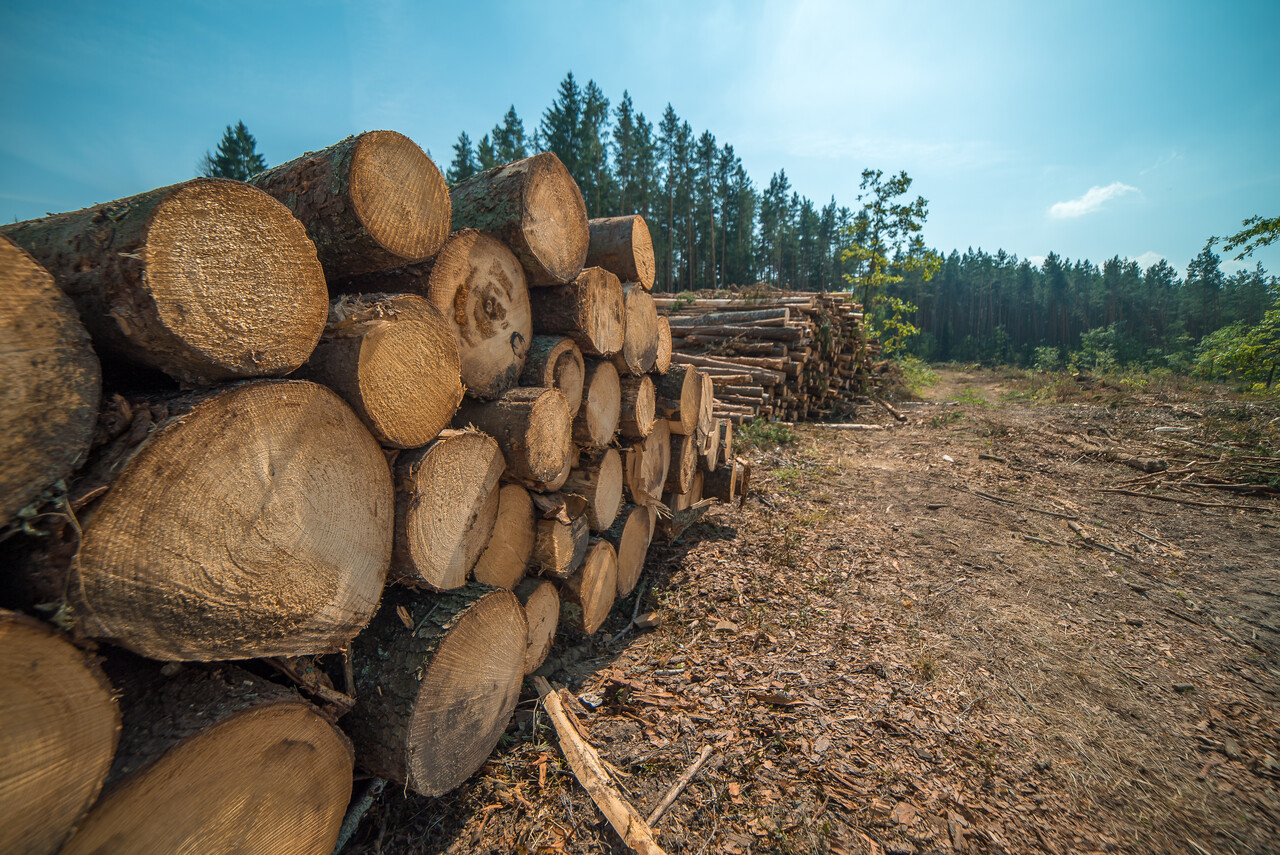How much of the U.S. is Timberland?
By United Country Real EstateMay 02, 2024

Timberland covers much of the United States, but how much land does it really cover? Discover the truth about forested land and its economic sway.
Timberland, or forested
land, serves as a renewable resource, providing raw materials for the timber
industry while simultaneously supporting diverse ecosystems. Playing a crucial
role in ecological, economic, and social aspects timberland is mostly forested
land with its primary purpose of harvesting wood and other forest products.
Timberlands are often managed
to balance ecological sustainability with the demand for wood and other
forest-derived products. Conservation is becoming a much more discussed topic
as the current state of our environment places forests as a critical part of
the carbon cycle as their presence helps lessen the impact of climate change.
What cannot be overlooked is also the impact timberland has on countless
species, the protection of watersheds, and the pivotal role it plays in the
economy.
Timberland Area
The
entire U.S. consists of some 765.5 million acres of timberland. Due to the
overall size of our country, the U.S is rich in forest resources. 514 million have
an estimated market value of $460 billion and are considered to be commercial
timberlands. Between 1998 and 2003, the U.S. was the most productive country
with 17%-28% of global wood production.
Based
on the 2021 data provided by Statista 155.3 million acres are considered
public timberland. 359.2 million acres
are what would be considered private timberland. 251 million acres are classified as other
forest land. This brings the grand total
for timberland to 765.5 million acres.
It is important to mention that timberland’s impact on the
economy is not only derived from the product itself but also from the number of
jobs the industry creates. In 2016 it
was estimated that about 2.5 million jobs we related to America’s private
timberlands.
What classifies a forest as
a timberland?
How
a forest becomes classified as a timberland is simple. Forests are classified
to be land that is 10% forested by trees of any size, while timberlands are
forests that are available to harvest and are capable of productivity over a
long period of time. For a forest to be classified as timberland, it must
produce commercial wood products and not be categorized as reserved. Reserved
forests, such as National Park Service forests, do not allow for timber
harvesting.
Southern Timberlands
Large
production of wood can be accredited to the southern states where the majority
of timberland is privately owned. The most common product from these
timberlands is pine wood (softwood). Pine wood is used to build cabinetry,
furniture, window frames, roofing, floors, and much more. Timber production in
the 13 southern states accounts for around 60% of the US total or 10% of the
world's total.
How is harvested timber
being used?
Based on the data provided by the Food and Agriculture
Organization of the United Nations in 2018, about 439 million cubic meters of
roundwood was harvested from American timberlands and used to manufacture a
number of products like paper, lumber, furniture, biochemicals, and other
products.
The overall roundwood harvest is divided into the following
categories:
|
Category |
% of Harvest |
|
Pulp &
Paper |
50.80% |
|
Lumber &
Veneer |
18.81% |
|
Wood Chips
& Residuals |
14.76% |
|
Panels |
8.07% |
|
Wood Fuels |
4.57% |
|
Roundwood
Exports |
2.99% |
The Economic Contribution
of Timberland
Timberland plays an important role in the US economy with
the end product from timber accounting for 6.68% of all manufacturing in 2010
and nearly $100 billion annually. The South’s privately owned timberland (13
states) represents the bulk of forest products manufacturing in the US.
The impact of timberlands extends beyond the immediate
revenue generated from the sale of timber, encompassing employment, trade,
manufacturing, and environmental conservation.
